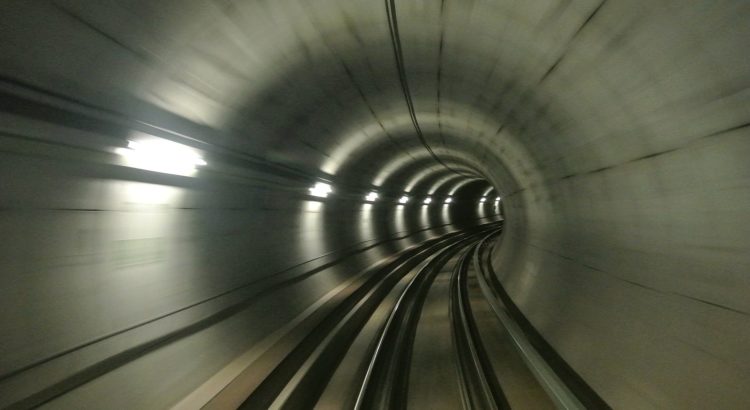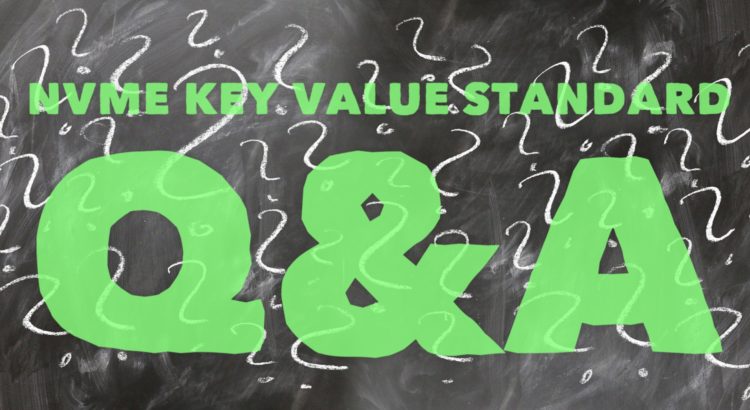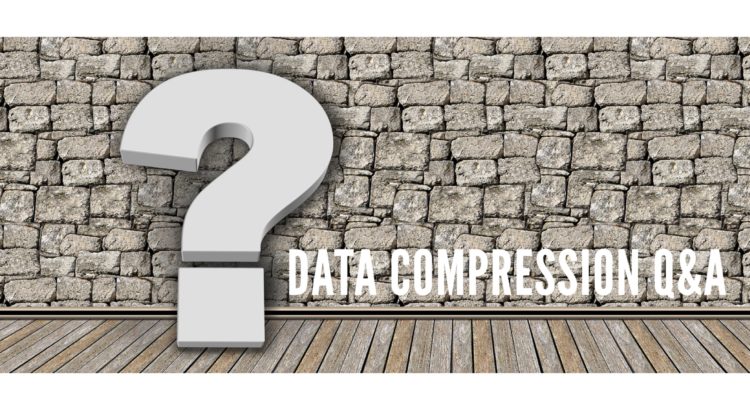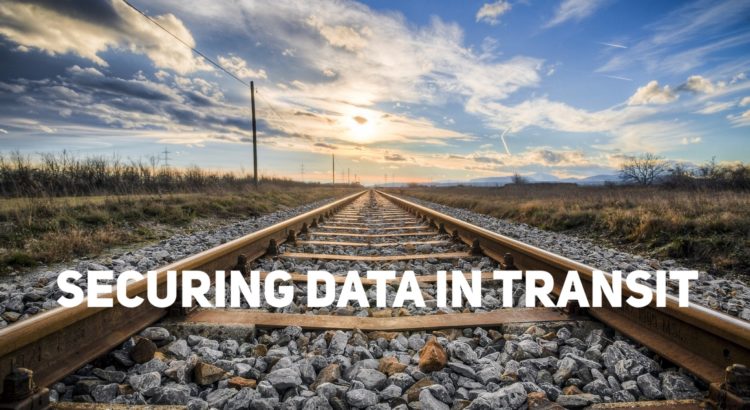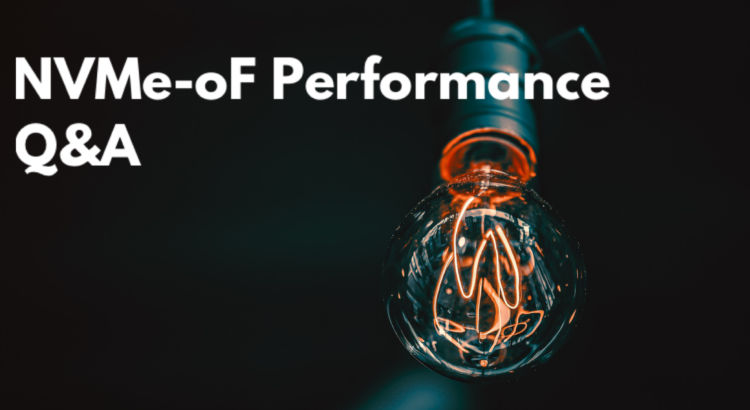When it comes to selecting the right NVMe over Fabrics™ (NVMe-oF™) solution, one should look beyond test results that demonstrate NVMe-oF’s dramatic reduction in latency and consider the other, more important, questions such as “How does the transport really impact application performance?” and “How does the transport holistically fit into my environment?”
To date, the focus has been on specialized fabrics like RDMA (e.g., RoCE) because it provides the lowest possible latency, as well as Fibre Channel because it is generally considered to be the most reliable. However, with the introduction of NVMe-oF/TCP this conversation must be expanded to also include considerations regarding scale, cost, and operations. That’s why the SNIA Networking Storage Forum (NSF) is hosting a webcast series that will dive into answering these questions beyond the standard answer “it depends.”
Read More


